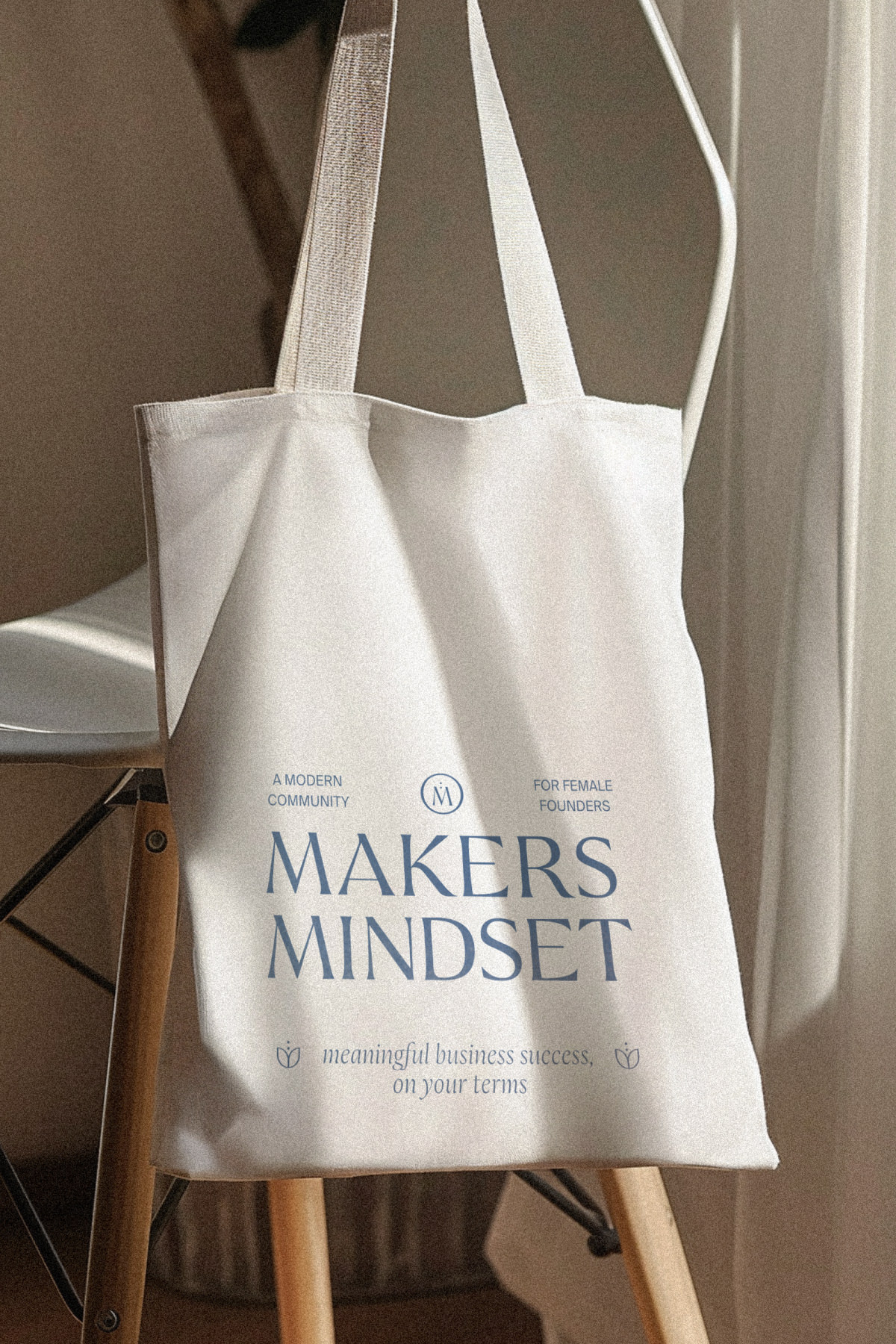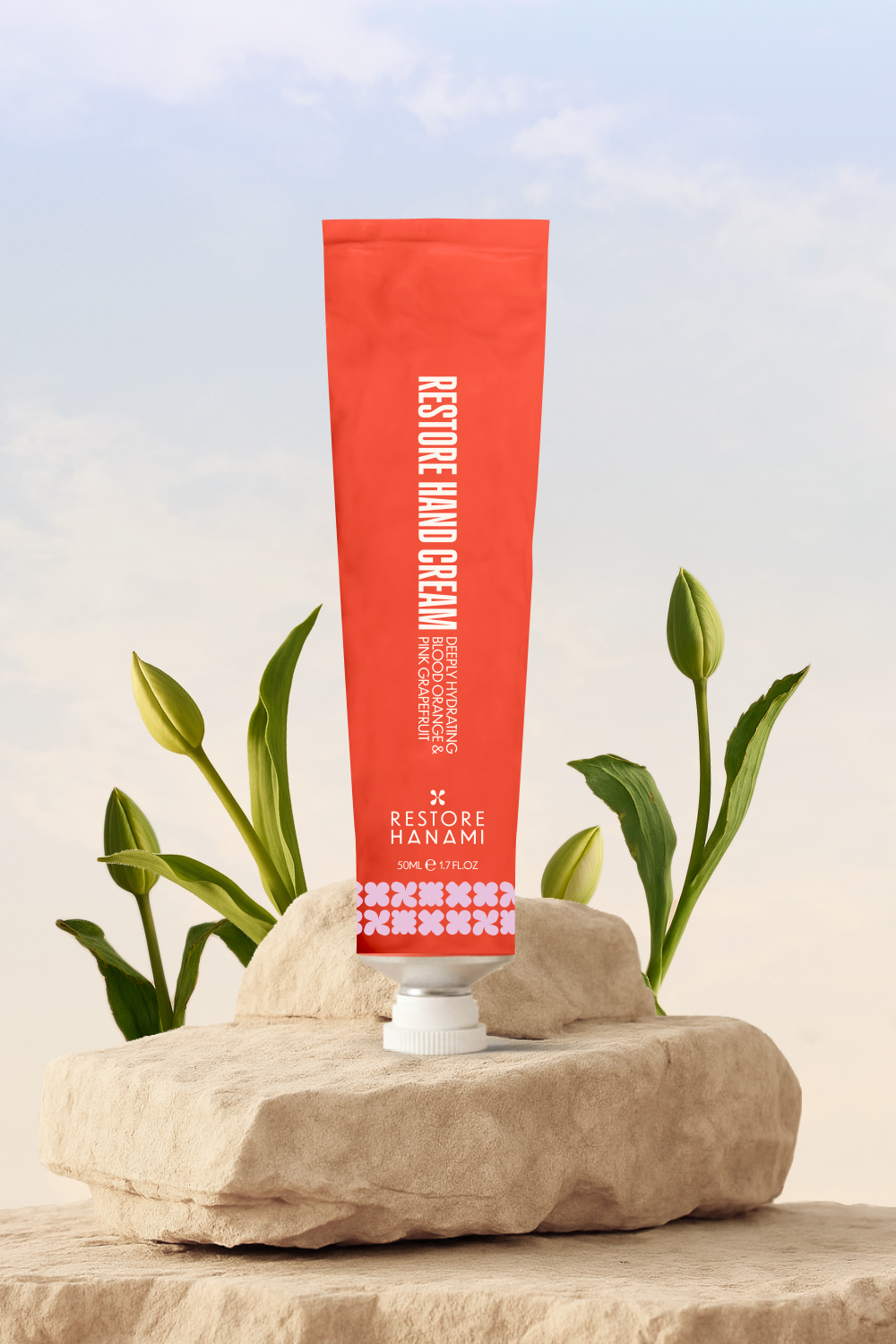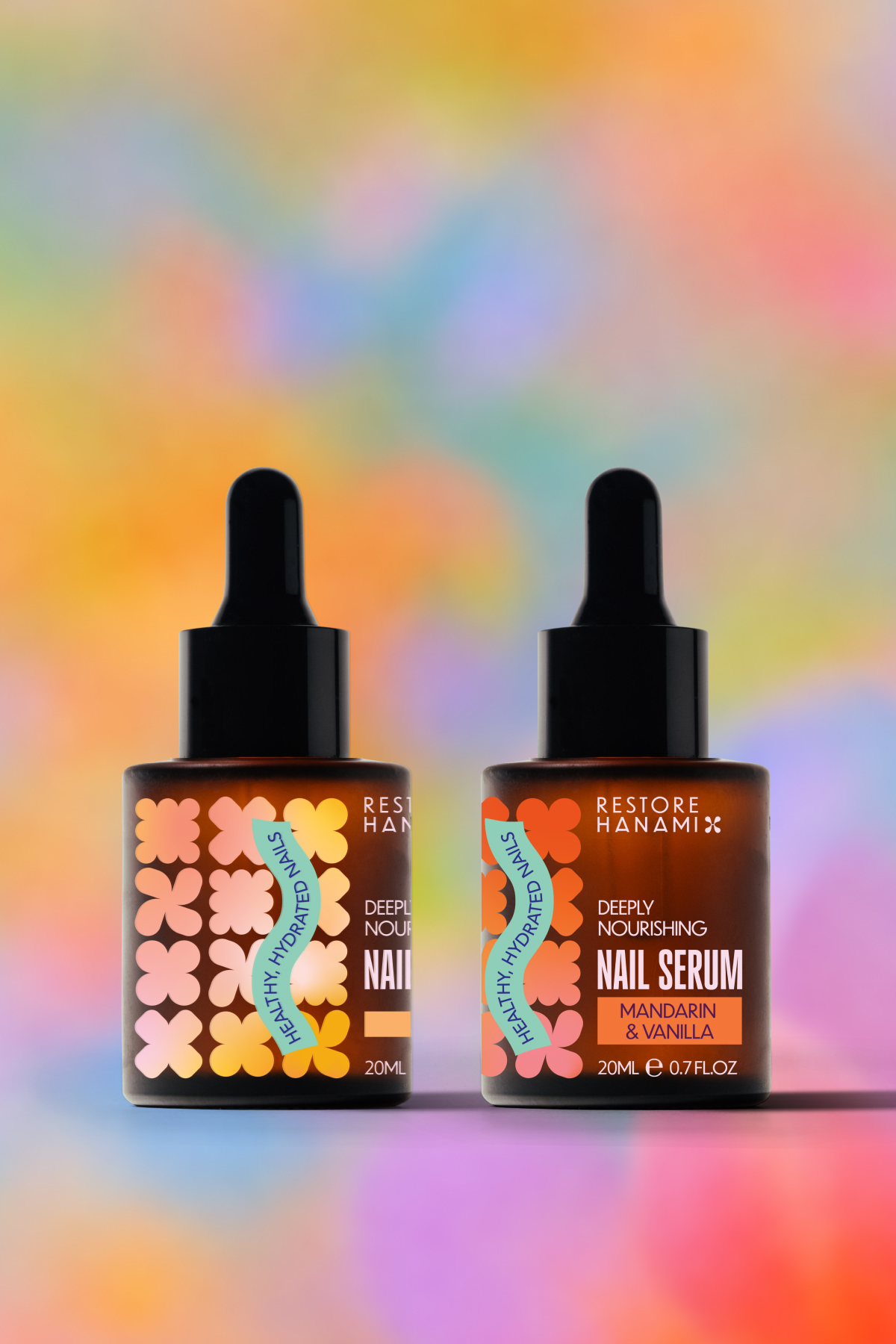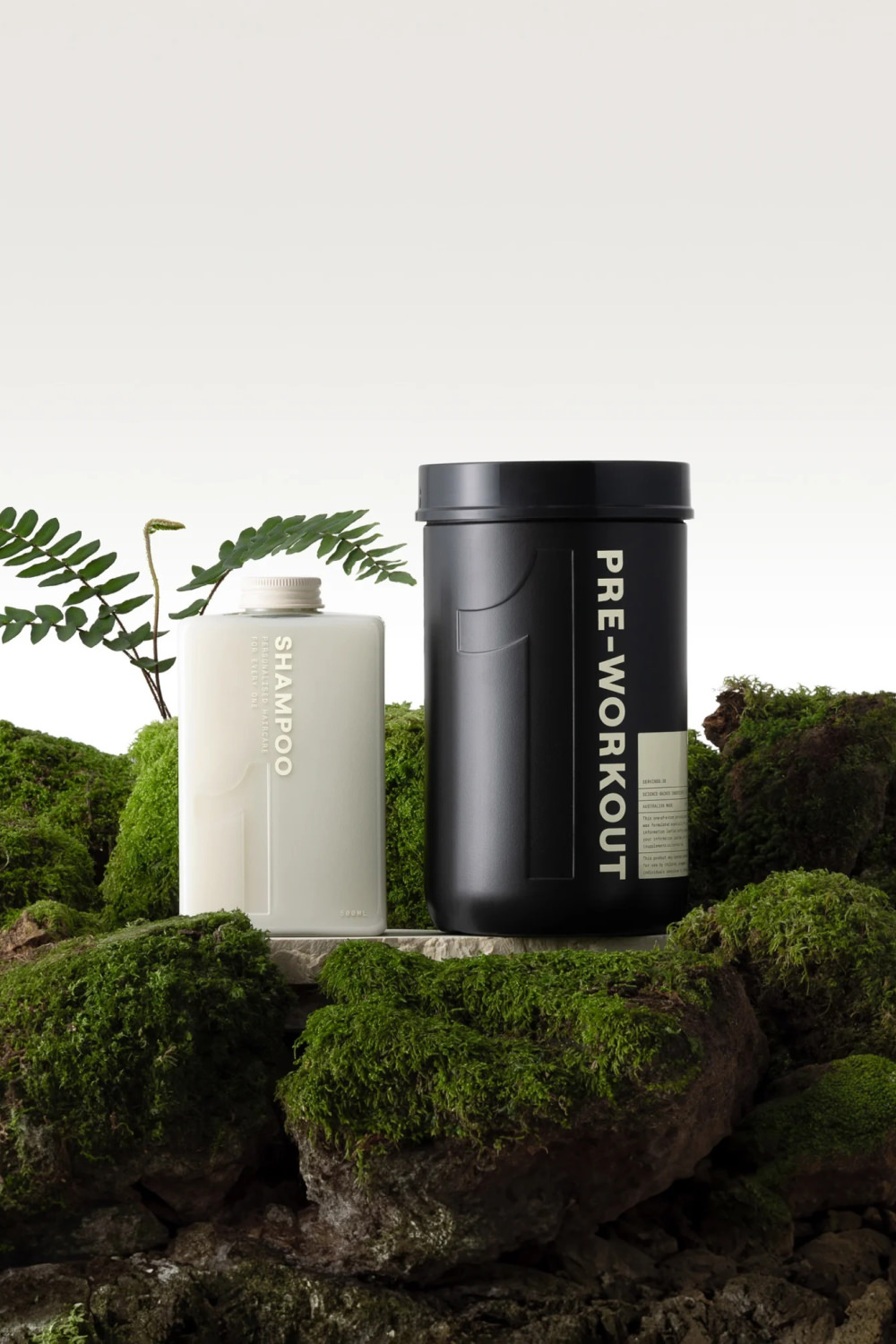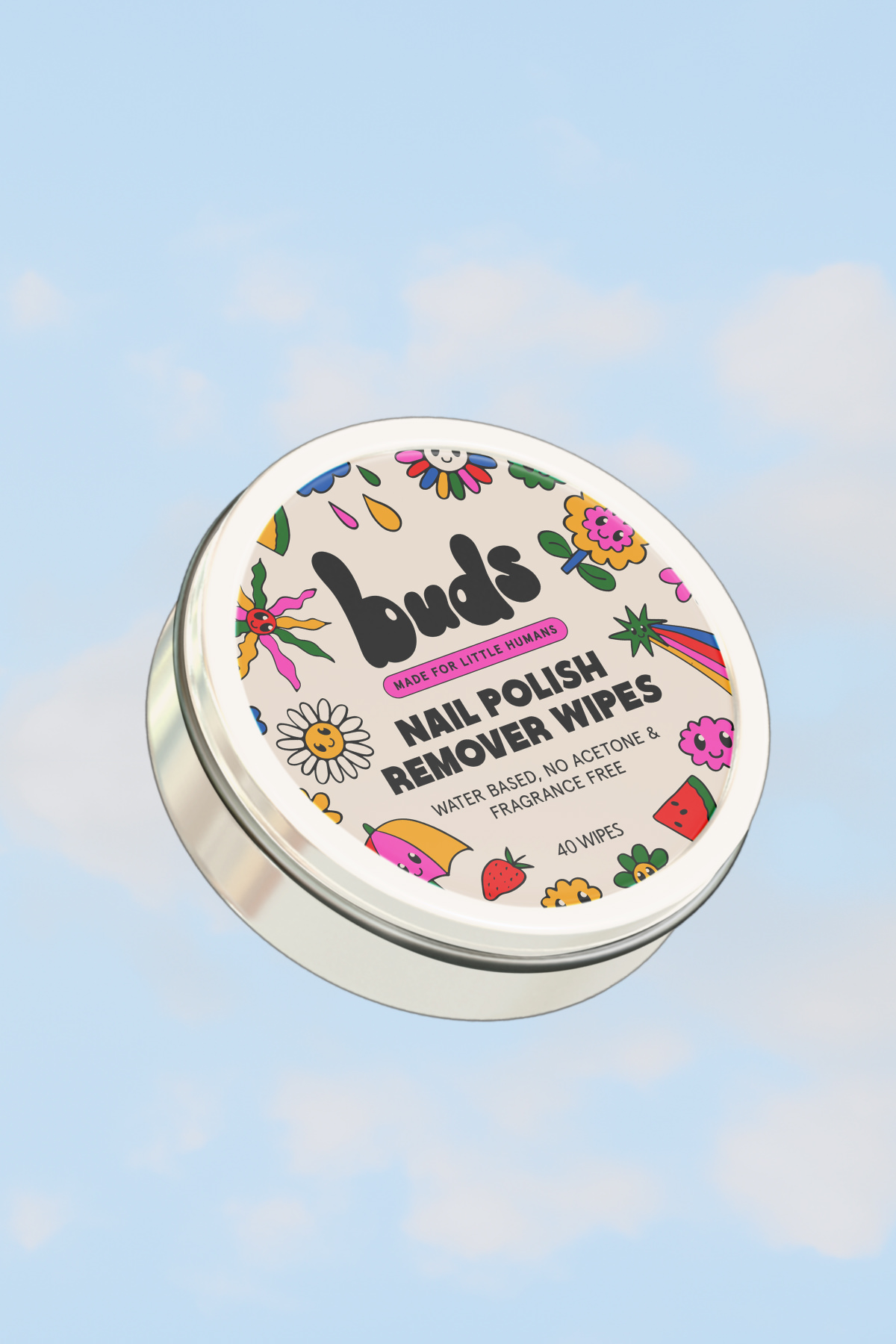Unlike service based or personal brands, product-based brands will typically have two colour palette systems.
Why? Your Brand Colour Palette is not necessarily going to be right to use on your packaging.
Often, you may brief your designer to provide you with your brand colours, however in some cases, you may also need to get your Product Colour Palette created as well.
Here are the main points of difference and how to apply this when it comes to your product and packaging.
➊ Your Brand’s Colour Palette
It represents your brand, its personality and values. It’s typically used in your logo, website, branded packaging and social media content etc.
➋ Your Product’s Packaging Colour Palette
For packaging, this is an expression of the feeling, mood, ingredient or flavour that the product represents.It is used on product specific packaging and touchpoints.
Do you need a Product Packaging Colour Palette?
YES - if you have a visible product in clear packaging
eg. juices or nail polishes
YES - if you have many SKUs in your product range.
eg. chocolate, tea and coffee brands
YES - if your packaging will be used for visual colour blocking, recognition and navigation.
eg. red is typically used for English Breakfast tea on the packaging
5 Tips to use your Brand and Product Colour Palette
- Keep your brand colour palette minimal
This is the case if you need a product colour palette.
Products that have distinctive and visible colour (eg. juices in glass bottles) can be paired with a more minimal Brand Colour Palette. - Your brand colour palette should include:
1 x main colour = brand recognition
1 x accent colour = buttons and CTA
1 x dark neutral = text & background
1 x light neutral = text & background - Create a visual contrast between your products
This is used for navigation and visual colour blocking at the shelf or store.
Distinctively different product colours can be used for visual product navigation and blocks out visual space on a shelf. - Ensure your product and brand colour palettes work cohesively together.
Your product and brand colour palettes should tell a rounded story about your brand offering. Your brand's colour palette grounds your product colours, which can be more expressive. - For sub-brands or product collections
They may have their own cohesive colour palette to convey a mood or theme.
This is an effective system for grouping products if you have lots of SKUs.



